
For anyone who’s witnessed the shift in banking over the years, it’s clear that how we handle money today is drastically different. What used to require a trip to the bank or a checkbook now happens with a button click. For seniors who recall those days—and youngsters who missed the thrill, here’s a closer look at how banks have evolved.
In-Person Banking Was the Only Way

There was no such thing as banking from your couch. If you needed to make a deposit, withdraw, or ask a question, you had to go to the bank. It was time-consuming and often required a lot of patience, especially if you found yourself in a long line. Today, everything from transfers to bill payments is available on our phones in real time.
Writing Checks for Everything
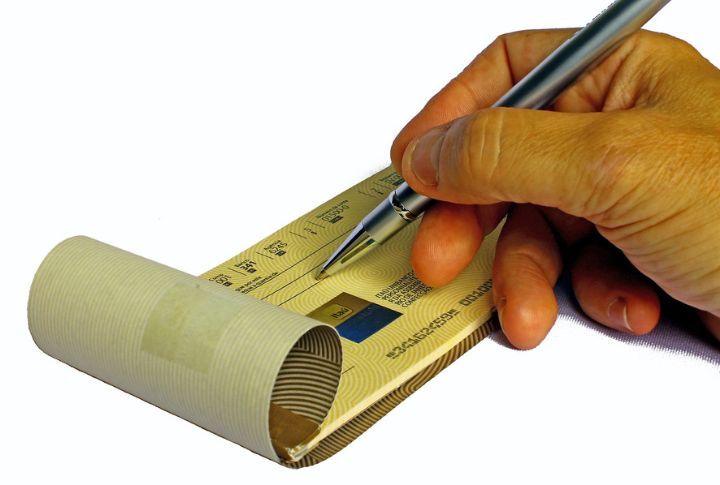
Checks used to be the go-to method for paying bills or even rent. There wasn’t much choice—if you didn’t have cash, you wrote a check. Now, paper checks have mostly been replaced by digital payments, but back in the day, it was how many people kept their finances organized.
Cash Was the Only Real Currency

Seniors remember when carrying cash was just part of the routine. You’d grab cash from the ATM or the bank, which you used for everything. Fast forward to today, digital wallets, contactless payments, online transfers, or cards have made cash less of a necessity, though there’s still something comforting about paying with physical money.
ATMs Revolutionized Convenience

Before ATMs, you had to go to the bank during business hours if you needed cash. Once ATMs were introduced, it felt like a game-changer—you could withdraw money anytime. This marked a shift toward 24/7 access, and even though ATMs are still around, they’re now just one piece of the larger banking picture.
Passbooks Were the Bank’s Signature
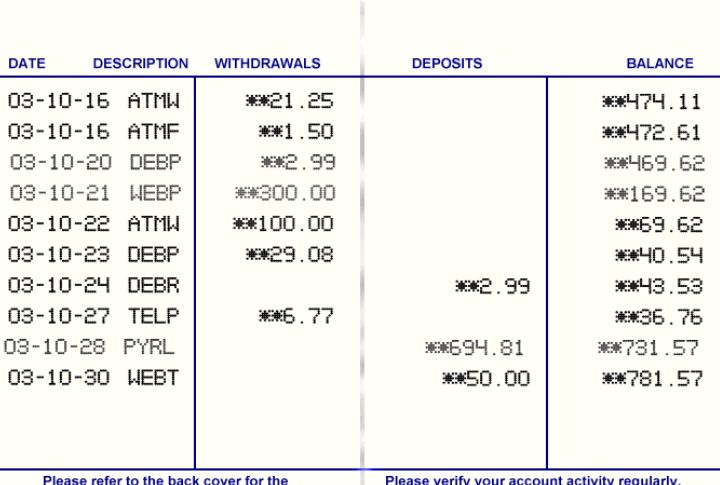
Before everything went digital, passbooks were the go-to for tracking your money. Every deposit and withdrawal was manually logged by a bank clerk, and you could literally see your balance grow. Sure, waiting in line to get them printed was a hassle, but it was worth it. The new-gen might not even know what a passbook is, but for those who remember, it sparks some nostalgia.
Limited Banking Hours

Back in the day, if you didn’t make it to the bank during business hours, you were out of luck—forget about banking on Saturdays. Limited hours meant you had to plan your day & shift your schedule around the bank’s schedule. Today, though, mobile banking has made it possible to access your accounts 24/7, as and when you need it.
A Personal Banker Was Your Go-To Person
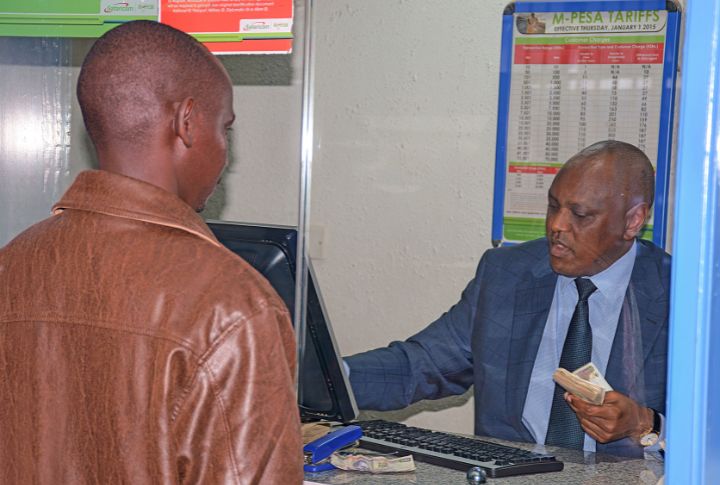
In the days of traditional banking, you often worked with a personal banker who helped manage your accounts, explained loan options, and gave financial advice. There was a level of trust and familiarity in those interactions that is less common today, where automation and chatbots are often the go-to resources for help.
High-Interest Savings Accounts Were Standard
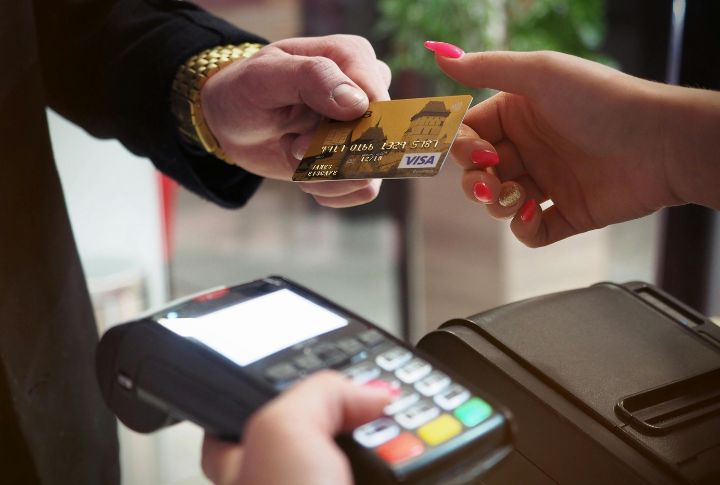
It wasn’t unusual for seniors to remember earning substantial interest on savings accounts. Banks used to offer attractive rates, helping your money grow more quickly. In the modern low-interest-rate environment, earning a decent return on a traditional savings account is more challenging, which makes investing elsewhere necessary for many.
Tellers Were the Heart of the Bank
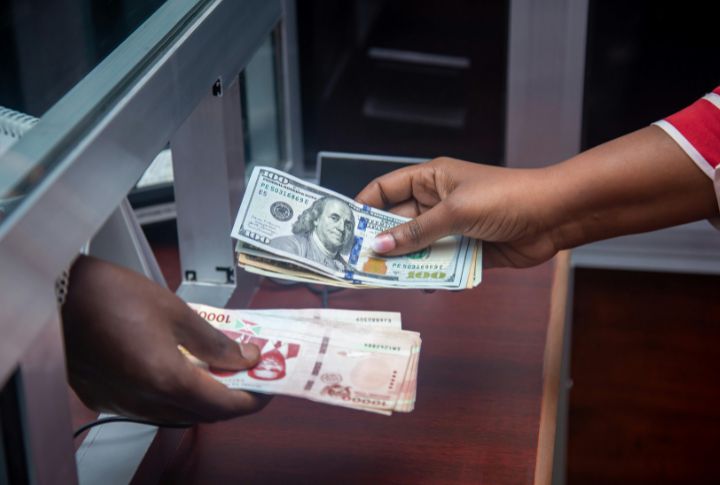
Banks used to rely heavily on tellers, who handled everything from deposits to cashing checks. While tellers are still around, their role has been significantly reduced by the rise of online banking and ATMs. Many tasks that once required face-to-face interaction can now be done with a single touch.
Paper Statements Were the Norm
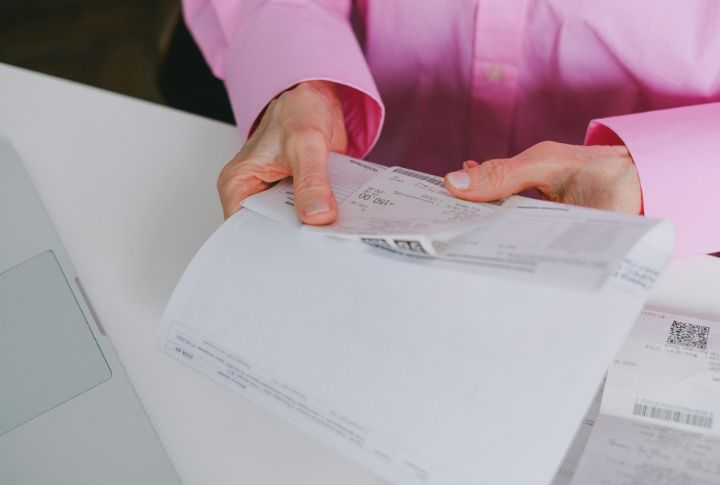
Receiving a paper statement in the mail was standard practice a few decades back. You’d get a physical document outlining your transactions on a credit card, account, or savings account. But today, most banks have gone digital and allow customers to check their balance and transaction history as and when they wish.
